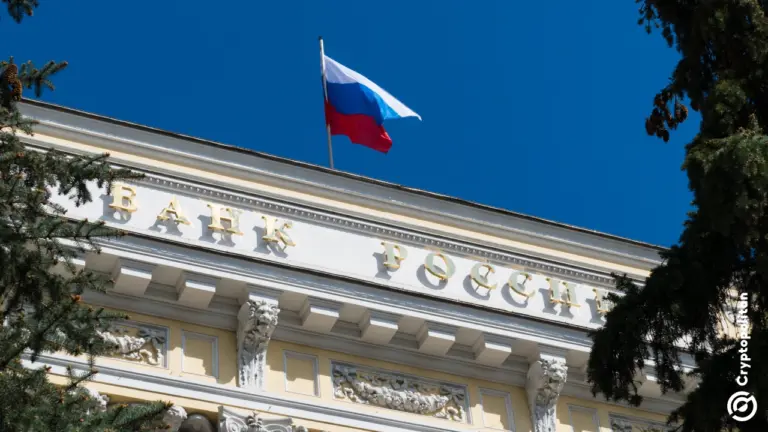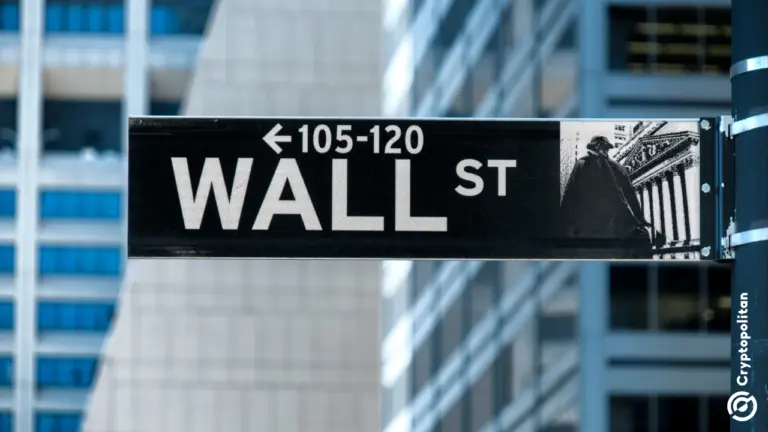The world of cryptocurrency is no stranger to bold statements and future predictions. Yet, when a figure as prominent as Michael Saylor speaks, the market listens. The co-founder of MicroStrategy, a company synonymous with significant Bitcoin holdings, recently shared a specific timeline for what he calls the end of Bitcoin’s ‘digital gold rush’. This Bitcoin prediction has sparked considerable discussion, urging potential investors to consider their position before a pivotal date: January 7, 2035.
What is Michael Saylor’s Bold Prediction?
Michael Saylor took to social media platform X to deliver his latest insight into the future trajectory of Bitcoin (BTC). His core message was a precise forecast: the era he likens to a ‘digital gold rush’ for Bitcoin will conclude around January 7, 2035. This isn’t just a random date; it carries the weight of Saylor’s perspective on market dynamics and the fundamental characteristics of Bitcoin.
To understand Saylor’s analogy, it’s helpful to look at historical gold rushes. These periods were characterized by:
- The discovery of a new, valuable resource (gold).
- A rush of individuals seeking to acquire it quickly.
- Profit potential driven by the resource’s perceived value and scarcity.
- An eventual end to the ‘rush’ phase as the resource becomes harder to find or more widely distributed.
Saylor posits that Bitcoin is currently in its ‘digital gold rush’ phase. People are actively seeking to acquire it, driven by its potential as a store of value and its inherent scarcity. However, he believes this accessible accumulation phase has a clear endpoint in sight, hence the 2035 date.
Understanding Bitcoin Scarcity and Its Impact
The foundation of Saylor’s prediction, and indeed much of Bitcoin’s value proposition, lies in its fundamental characteristic: Bitcoin scarcity. Unlike traditional fiat currencies that can be printed indefinitely by central banks, Bitcoin has a strictly limited maximum supply cap. Only 21 million BTC will ever be created.
This fixed supply is programmed into Bitcoin’s protocol and cannot be changed. This is a critical difference compared to commodities like gold, where new deposits can still be discovered, potentially increasing the supply. For Bitcoin, the total supply is finite and known from the outset.
Furthermore, the rate at which new Bitcoin enters circulation is also controlled and decreases over time through a process called ‘halving’. Approximately every four years, the reward miners receive for validating transactions and creating new blocks is cut in half. This mechanism:
- Slows down the rate of new supply entering the market.
- Increases the scarcity of newly minted coins over time.
- Contributes to predictable supply issuance until the final Bitcoin is mined (estimated around 2140).
Saylor’s 2035 date is well before the final Bitcoin is mined. His prediction likely focuses on a point where a significant portion of the supply is already in circulation, widely held, and the remaining unmined portion becomes negligible or prohibitively expensive to acquire for the average participant seeking ‘easy’ gains akin to early gold prospectors.
Why This Digital Gold Rush Might End
The concept of the Digital gold rush ending by 2035 suggests a transition from a phase of relatively easy accumulation and significant speculative gains to a phase of maturity and stability. What might cause this shift?
Saylor’s perspective likely hinges on several factors:
- Supply Dynamics: By 2035, the vast majority of the 21 million Bitcoin will have been mined. The halving events will have further reduced the rate of new supply. This means less BTC available on exchanges for new buyers.
- Increased HODLing: As Bitcoin matures and its value proposition as a store of value becomes more widely accepted, more holders are likely to move their BTC off exchanges into cold storage, intending to hold it for the long term. This reduces the circulating supply available for trading.
- Institutional Adoption: Growing interest and investment from large institutions, corporations (like MicroStrategy), and potentially even sovereign wealth funds or nations mean large chunks of the available supply are being acquired and held by entities less likely to sell frequently.
- Market Maturity: As the market matures, volatility might decrease, and the potential for exponential ‘gold rush’ style gains might temper. The focus could shift from rapid accumulation to long-term preservation of wealth.
The end of the ‘digital gold rush’ doesn’t necessarily mean Bitcoin stops appreciating in value, but rather that the opportunity to acquire it at relatively lower prices or with less competition might diminish significantly. It could mark a shift from an early-stage growth asset to a more established global reserve asset.
Implications for Bitcoin Investment
Michael Saylor’s prediction carries clear implications for anyone considering or currently engaged in Bitcoin investment. His core advice is implicit: acquire BTC before this predicted end date. Why?
If the ‘digital gold rush’ ends due to increased scarcity and widespread holding, the price to acquire Bitcoin could become significantly higher. The opportunity to accumulate meaningful amounts might become limited to larger players or require substantial capital. For the average individual investor, the window for relatively accessible accumulation could be closing.
Here are some actionable insights based on this perspective:
- Consider Long-Term Accumulation: If you believe in Bitcoin’s long-term value, a strategy of dollar-cost averaging (investing a fixed amount regularly) or accumulating before 2035 aligns with Saylor’s view.
- Understand Scarcity Value: Recognize that Bitcoin’s limited supply is a key driver of its potential future value. Its digital scarcity makes it unique compared to inflationary assets.
- Do Your Own Research: While Saylor is influential, his prediction is one perspective. Research Bitcoin’s technology, market dynamics, and potential risks before making investment decisions.
- Secure Your Holdings: If you acquire Bitcoin, learn how to store it securely in a hardware wallet to truly take it out of circulation and participate in the ‘HODLing’ trend.
The 2035 date serves as a potential marker for when the market might transition from an accumulation phase to a mature holding phase. Investors who wait too long might find themselves trying to buy into a market where supply is extremely tight and competition is fierce.
Conclusion: The Clock is Ticking?
Michael Saylor’s prediction that Bitcoin’s ‘digital gold rush’ will end around January 7, 2035, serves as a stark reminder of Bitcoin’s unique economic properties, primarily its fixed and increasingly scarce supply. By drawing an analogy to historical gold rushes, Saylor highlights the current opportunity to acquire an asset before its accessible supply tightens dramatically.
Whether the exact date is accurate is less important than the underlying principle: Bitcoin’s scarcity is a fundamental driver of its long-term potential. As more people and institutions recognize this and acquire BTC, the available supply on the market will shrink. This increasing scarcity, combined with growing demand, could fundamentally alter the dynamics of acquiring Bitcoin in the future.
Saylor’s warning is clear: the time to participate in this ‘digital gold rush’ might have an expiration date. For those considering a Bitcoin investment, understanding the implications of its scarcity and the potential shift in market dynamics by 2035 is crucial for making informed decisions about their financial future.
To learn more about the latest Bitcoin prediction trends, explore our article on key developments shaping Bitcoin investment opportunities.
Disclaimer: The information provided is not trading advice, Bitcoinworld.co.in holds no liability for any investments made based on the information provided on this page. We strongly recommend independent research and/or consultation with a qualified professional before making any investment decisions.


